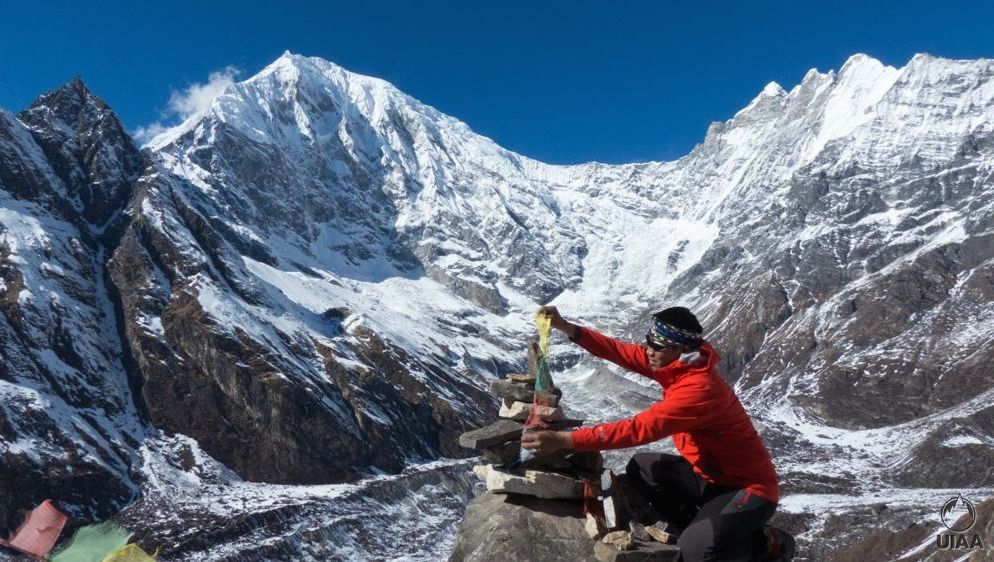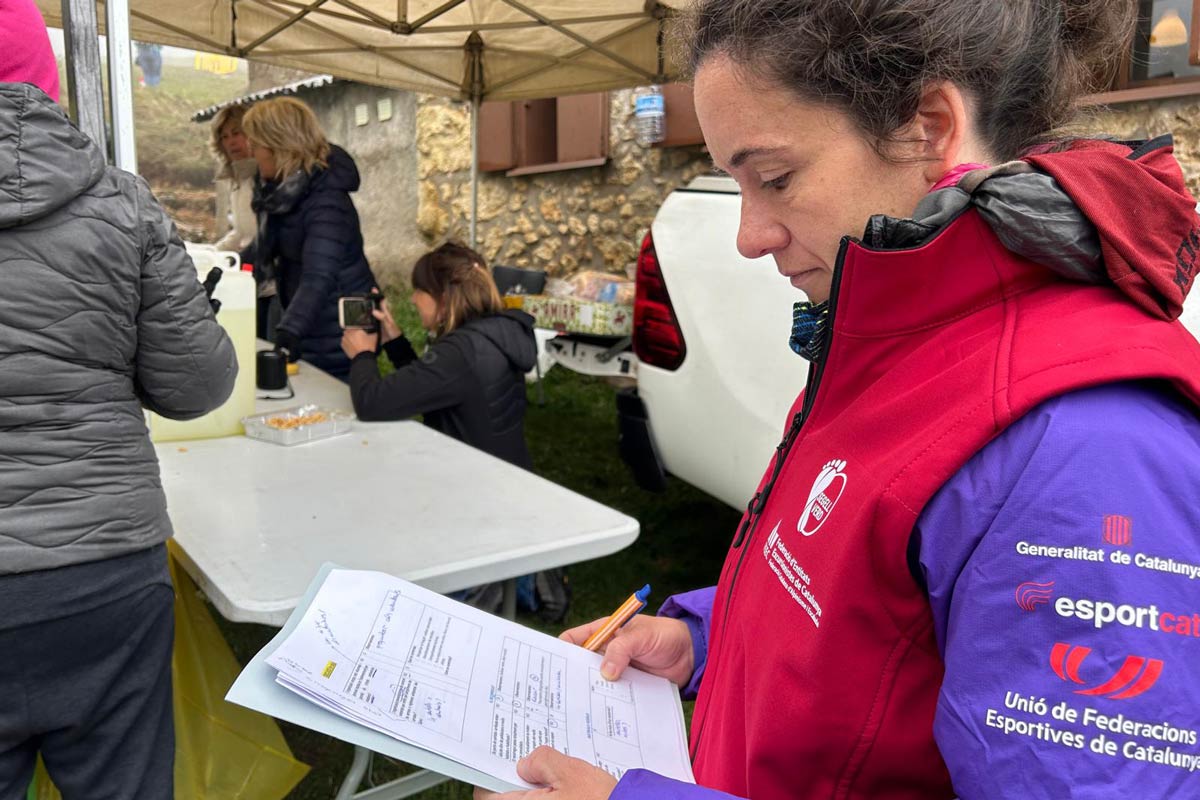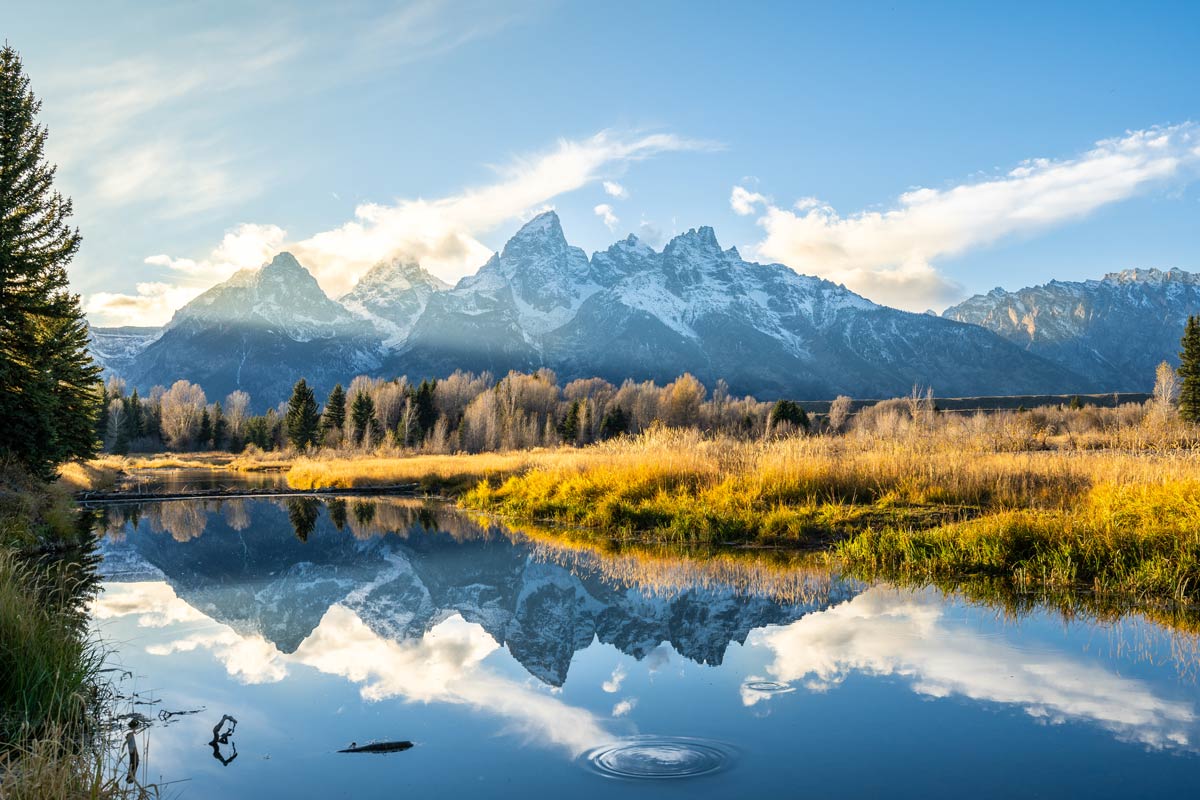A group of ten experienced Nepalese trainers attended an advanced week-long assessors’ workshop in Langtang, Nepal conducted by Steve Long, chair of the UIAA Training Standards Panel.
The Nepalese trainers are part of an innovative multi-year UIAA Training Standards program conducted in partnership with theNepal Mountaineering Association and Nepal National Mountain Guides Association to help design, test and implement a qualification for mountain trek leaders.
When the Mountain Trek leader is finally accredited next year, it will provide a template for this much sought-after UIAA service for other UIAA federation members.
The process took on added urgency when snowstorms and avalanches killed 39 trekkers on a remote high mountain trekking route in the Annapurna region late last year.
The Nepalese, Japanese, Israeli, Canadian, Indian, Slovak, Vietnamese and Polish trekkers were trekking through the Thorung La Pass, the high point of the Annapurna circuit, when tragedy struck.
“Following several tragic avalanche and icefall accidents in recent years it has become apparent that a more formal skills training and accreditation process is required in Nepal to bridge the huge gap between generic trek licence training and the International Mountain Guide qualification,” said Long.
A group of ten experienced Nepalese trainers attended an advanced weeklong assessors’ workshop in Langtang, Nepal conducted by Steve Long, chair of the UIAA Training Standards Panel.
The Nepalese trainers are part of an innovative multi-year UIAA Training Standards program conducted in partnership with the Nepal National Mountain Guides Association to help design, test and implement a qualification for mountain trek leaders.
When the Mountain Trek leader is finally accredited next year, it will provide a template for this much sought-after UIAA service for other UIAA federation members.
The process took on added urgency when snowstorms and avalanches killed 39 trekkers on a remote high mountain trekking route in the Annapurna region late last year.
The Nepalese, Japanese, Israeli, Canadian, Indian, Slovak, Vietnamese and Polish trekkers were trekking through the Thorung La Pass, the high point of the Annapurna circuit, when tragedy struck.
“Following several tragic avalanche and icefall accidents in recent years it has become apparent that a more formal skills training and accreditation process is required in Nepal to bridge the huge gap between the college-based licence course (NATHM) and the International Mountain Guide qualification,” said Long.
The UIAA has stepped in to fill this gap, with a hybrid of walking leadership skills and a basic mountaineering course which adds high altitude skills including snow, avalanche, glacier, simple rock and ice climbing which is recommended for trek leaders crossing high mountain passes.
The programme funded with the help of the Petzl Foundation has already trained about 30 trainers in Nepalwho include aspiring trek leaders through to Everest veterans.
“This is a very exciting training and assessment programme that will ensure that qualified leaders will be suitably equipped to make reliable mountaineering judgments about avalanche potential, acclimatization and altitude sickness, landslides and other situations requiring dynamic risk assessment and party management skills,” said Long.
It all came about as a result of an agreement signed at the 2011 UIAA General Assembly in Kathmandu with the Nepal Mountaineering Association to develop a self-sustaining programme that would provide a suitable level of technical and practical knowledge. The scheme was meant to complement the longstanding Basic Mountaineering course developed in partnership with the Alpine Association of Slovenia (PZS).
Long said the agreement with the NMA is important because of the opportunity to develop an international recognized mountain trek leader course that can by NMA to assess leaders trained both though its own training programmes and also in-house training run by trekking agencies.
Following the training workshop in Langtang, Long attended a meeting organised between the UIAA, Executive Officers from the Trekking Agencies Association of Nepal, the Nepal Academy of Tourism & Hotel Management and the NMA.
The goal was to explore the potential for collaboration in extending and endorsing such practical skills training and assessment courses. A draft paper has been submitted to these groups proposing a cost-effective and practical way forward, using the existing infrastructures and ensuring that practical training is delivered by competent and current mountaineers.
About the UIAA Training Standards Panel
The UIAA Training Standards is an internationally recognized accreditation and certification scheme which examines and evaluates the training and assessment programs of our member federations. The process includes an independent assessment of the training and qualifications provided to voluntary leaders and instructors by a UIAA expert, which is then endorsed by an international panel of experts.
The Model Training Standards for Voluntary Leaders and Instructors managed by members of the Training Standards Panel makes it possible for mountaineers from different countries to recognise each other’s qualifications.
Please click here for more information about the UIAA Training Standards Panel and their courses or contact training@theuiaa.org
Main Image: High point for the UIAA Assessors workshop in the Langtang Valley of Nepal (Photo: Steve Long for UIAA)



